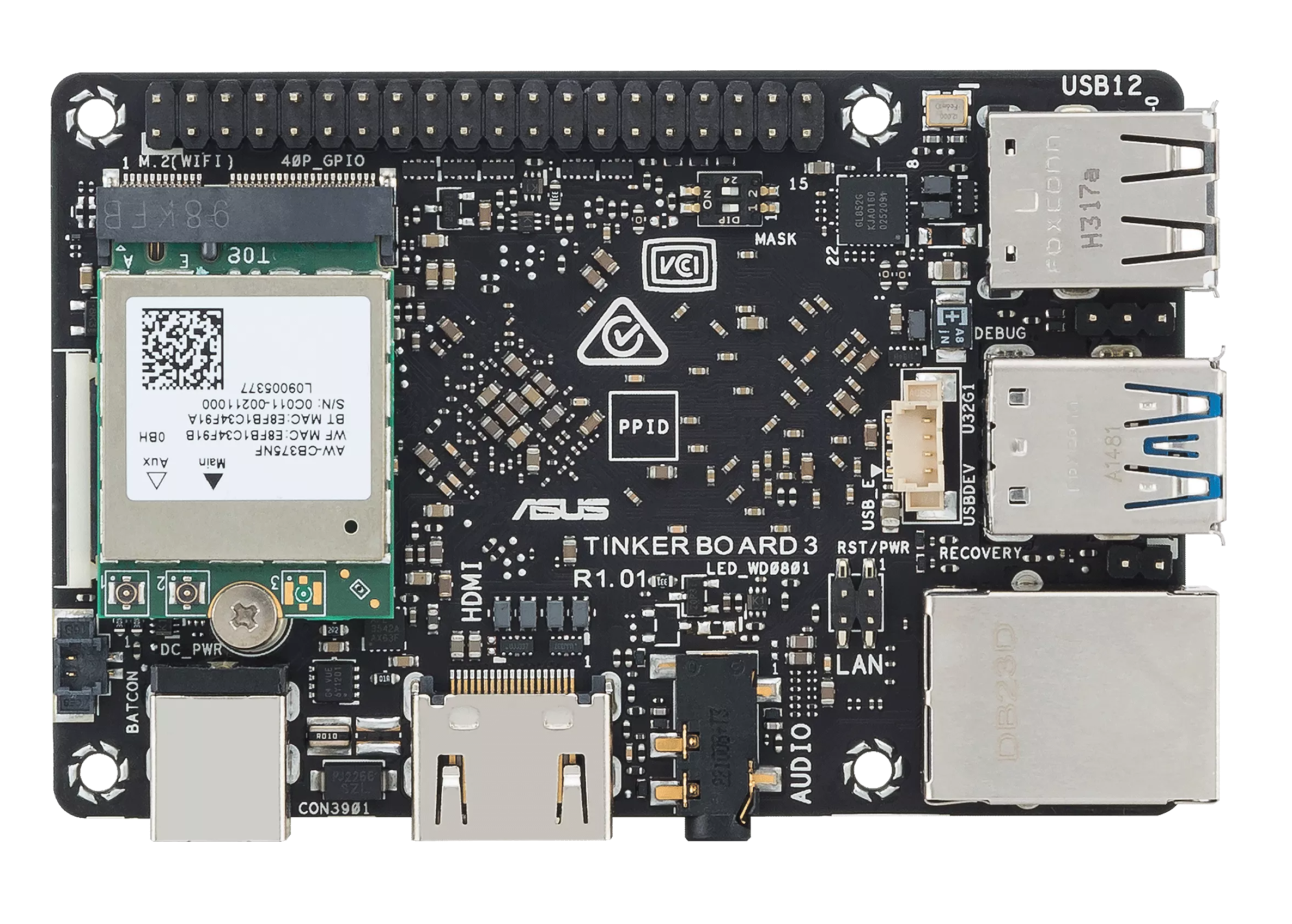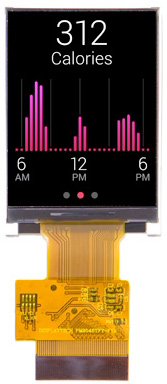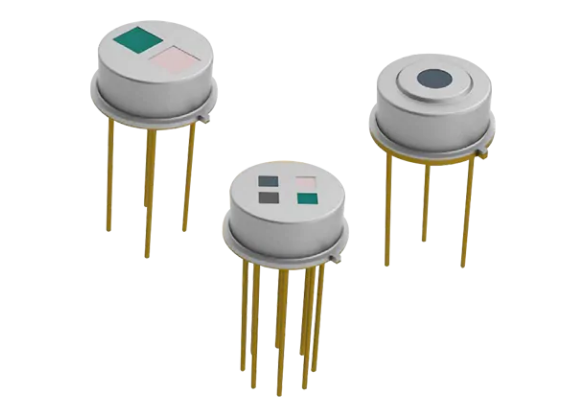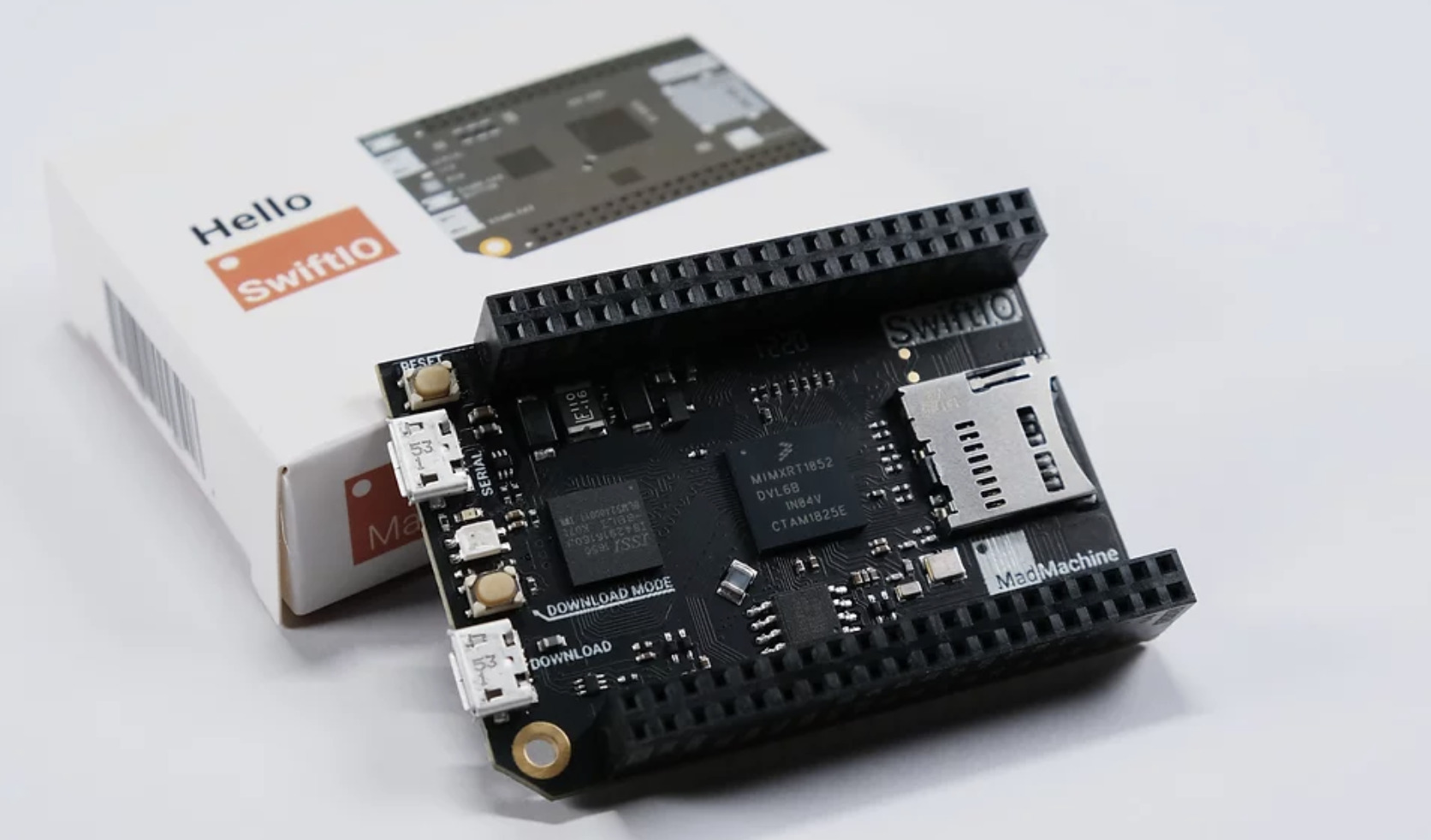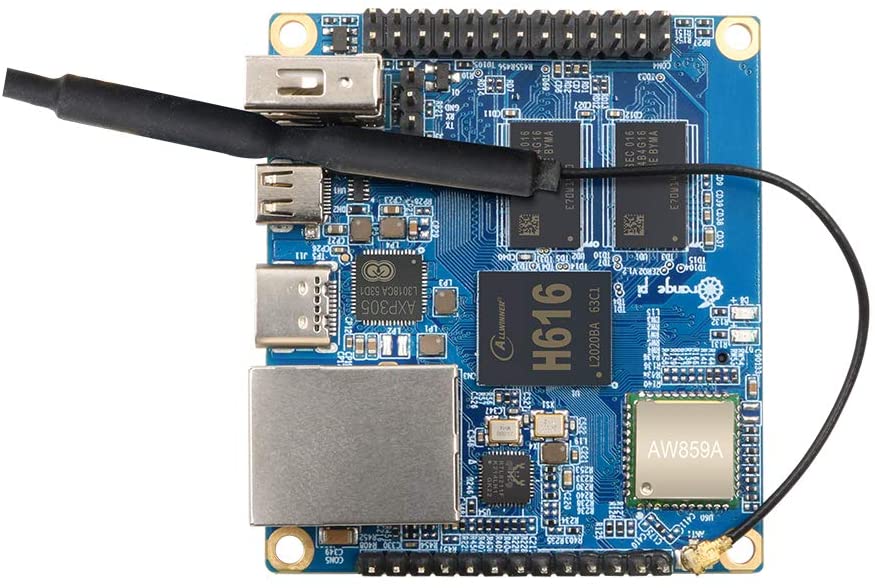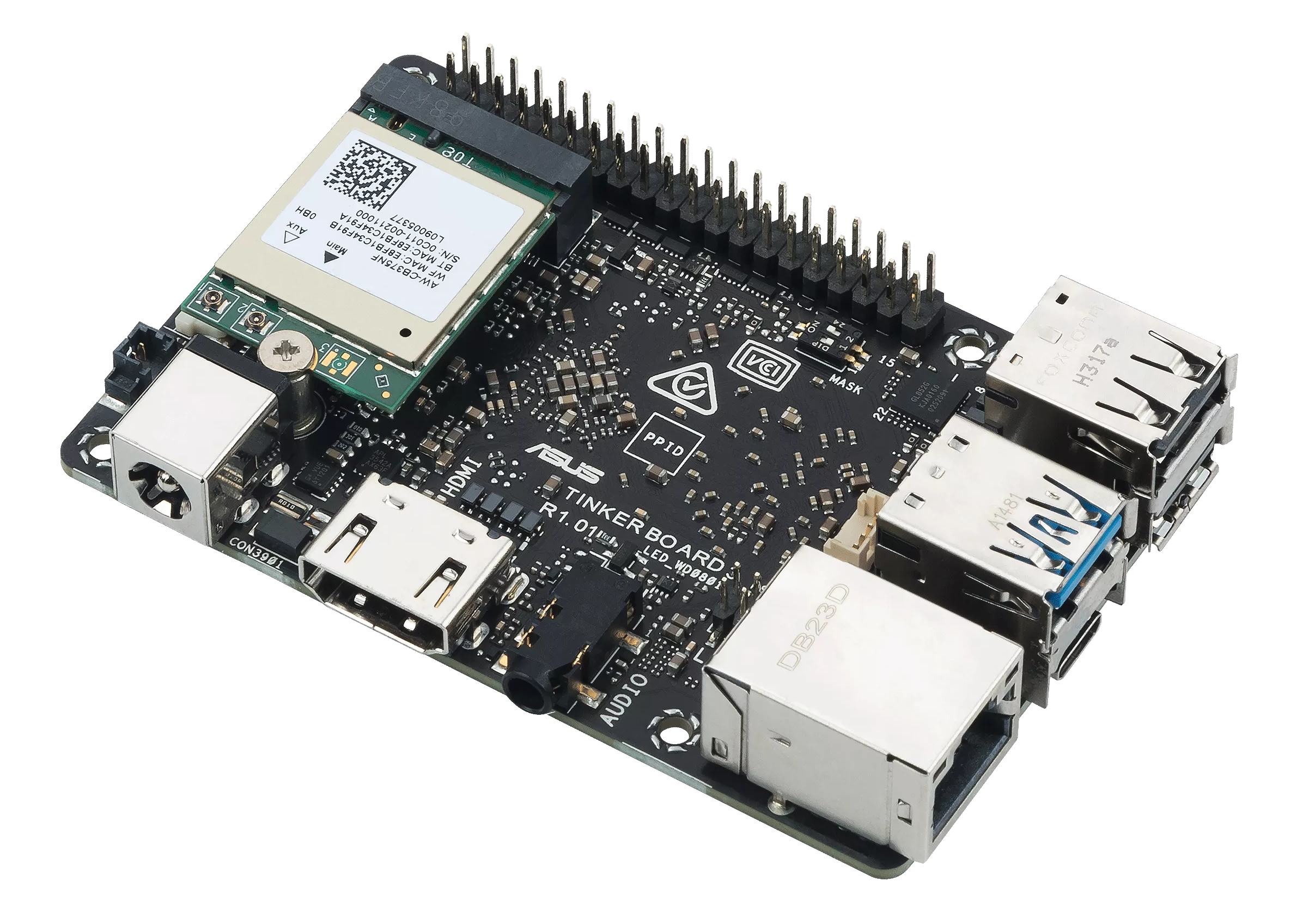
ASUS has introduced a new addition to its Tinker Board lineup, the Tinker Board 3, which revisits the familiar Raspberry Pi-style footprint. Though it shares a name with an earlier model, this new Tinker Board 3 represents a departure from the industrial design of its predecessor, the Tinker Board 3N, bringing the focus back to the maker community.
Unlike the original Tinker Board 3, which launched last year with a larger form factor targeting industrial automation and embedded computing, this new iteration comes with a smaller, maker-friendly design. The Tinker Board 3 is powered by the Rockchip RK3566 System-on-Chip (SoC), featuring four Arm Cortex-A55 processor cores running up to 2GHz and an Arm Mali-G52 GPU. This SoC also boasts a video processing unit that supports 4k60 H.264/H.265/VP9 decoding and 1080p60 H.264/H.265 encoding, along with a neural processing unit (NPU) rated at 0.8 TOPS (tera-operations per second) of INT8-precision compute.
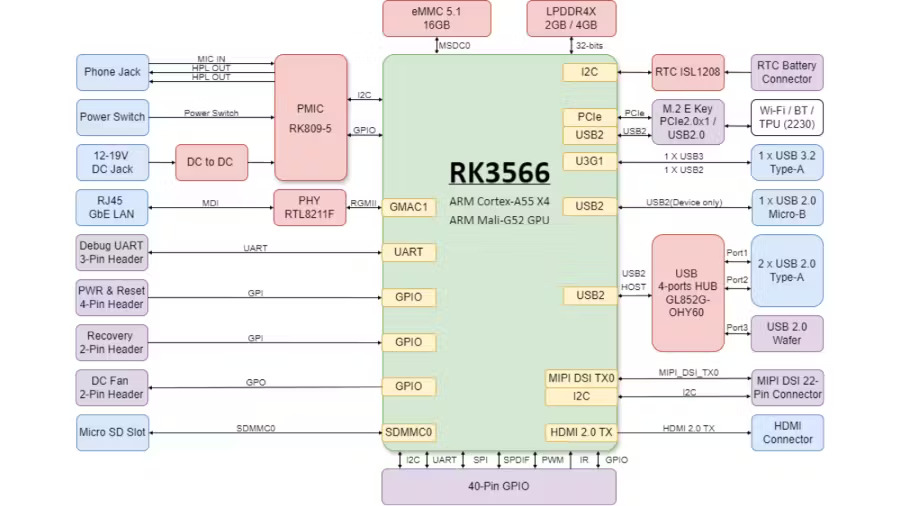
Other specifications include a choice between 2GB or 4GB of LPDDR4x memory, and connectivity options such as a full-size HDMI 2.0 port supporting 4k60 displays, a four-lane MIPI Display Serial Interface for 1080p60 displays, and a Gigabit Ethernet port. Additionally, the board offers one USB 3.0 host port, two USB 2.0 host ports, a USB 2.0 Micro-B On-The-Go port (operating in device mode only), and an additional USB 2.0 port via a wafer connector.
The 40-pin GPIO header follows the familiar Raspberry Pi pinout, but the color-coded pins seen on previous Tinker Board models have been dropped. The board also features an M.2 E-Key slot, which supports a single PCI Express Gen. 2 lane and USB 2.0, enabling users to add an optional Wi-Fi and Bluetooth module.
A sibling model, the Tinker Board 3S, offers the same specs but includes 16GB of on-board eMMC storage, complementing the standard microSD card slot. Both models support analog audio in and out and can be powered through a DC barrel jack, supporting up to 19V. ASUS offers power adapters of 45W or 65W to suit the device’s needs, along with optional accessories like a PoE splitter, aluminum heatsinks with or without fans, and heat spreaders.
The return to the Raspberry Pi-style design and the emphasis on features for makers signal ASUS’s renewed interest in supporting DIY projects and community-driven innovation with the Tinker Board 3 series.
More information on the Tinker Board 3 and Tinker Board 3 S are available on the ASUS website; the company has not shared pricing, with interested parties asked to send their requirements across for a quote.






